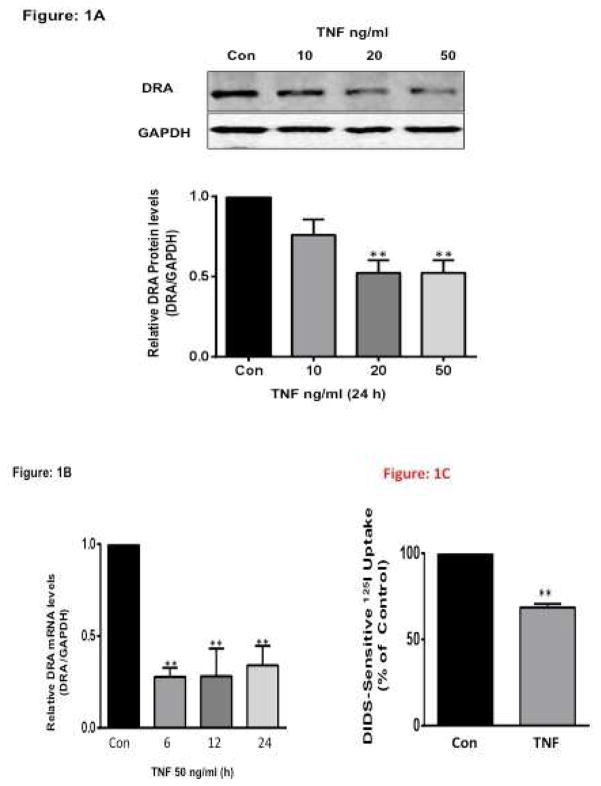Figure 1. TNF decreases DRA expression in HT-29 Cells.
HT-29 cells grown on Transwell inserts for 10–12 days were treated with different concentrations of TNF (in culture medium supplemented with 0.2% BSA) for 24h or with TNF (10–50 ng/L), (A). Protein lysates were prepared, run on 7.5% SDS-PAGE, transblotted, and Western blotting was performed utilizing anti-DRA antibody. Representative blot of 3 different experiments. Densitometric analysis shows relative expression of DRA normalized to GAPDH. **P < 0.001 vs. control. (B) Total RNA was extracted and quantitative real-time RT-PCR was performed utilizing SYBR green fluorescent dye. DRA mRNA levels were normalized to respective GAPDH mRNA (internal control) levels. Results are expressed as fold-changes in mRNA levels in treated cells compared with control. Values are means ± SEM from ≥3 different experiments performed in triplicate. **p<0.001 vs. control (C) TNF decreased apical Cl−/HCO3− exchange activity in T-84 cells. Cells were treated with TNF (50 ng/mL) for 24 h from basolateral sides. Cl−/HCO3− exchange activity was measured as DIDS-sensitive 125I− uptake for 5 min. Results are expressed as % of control and represent means ± SEM of 6 separate experiments performed in triplicate. **p<0.001 vs. control.

